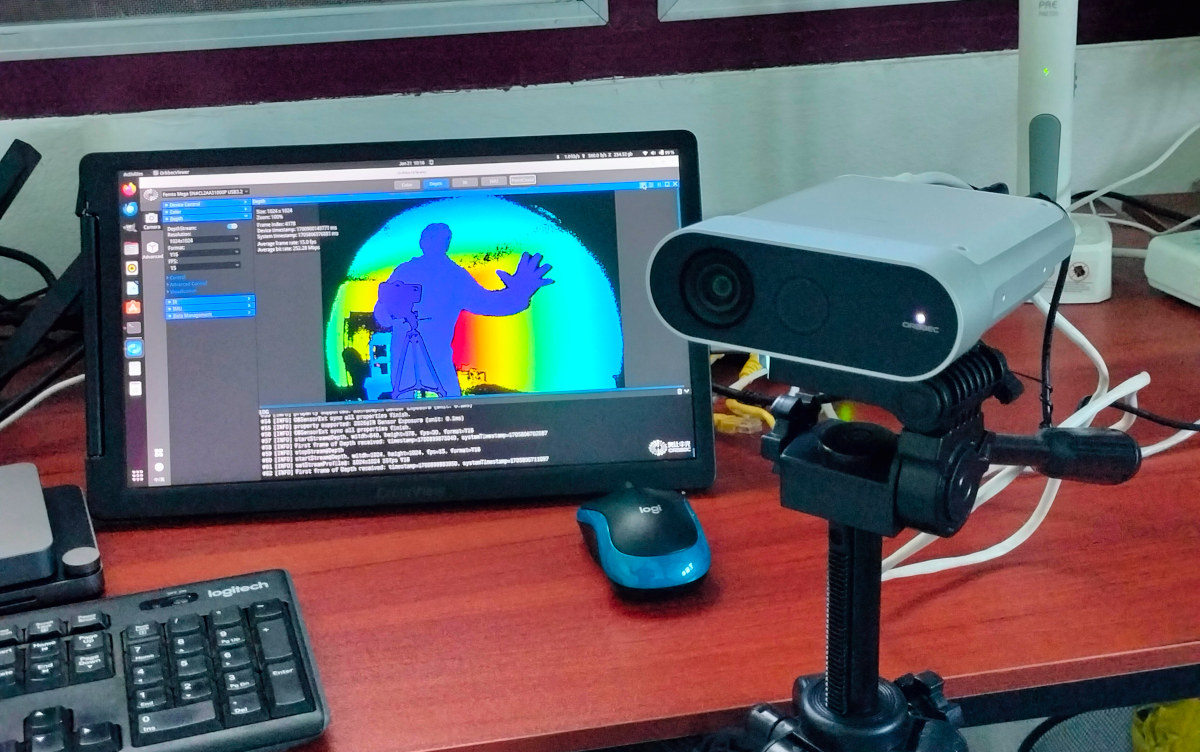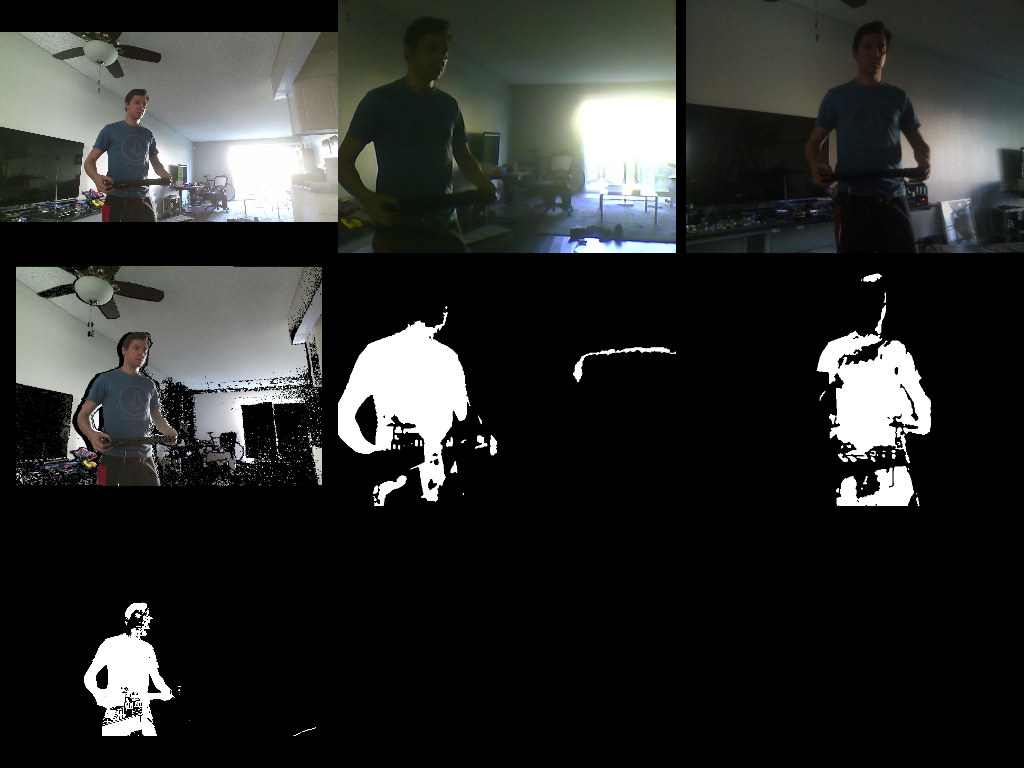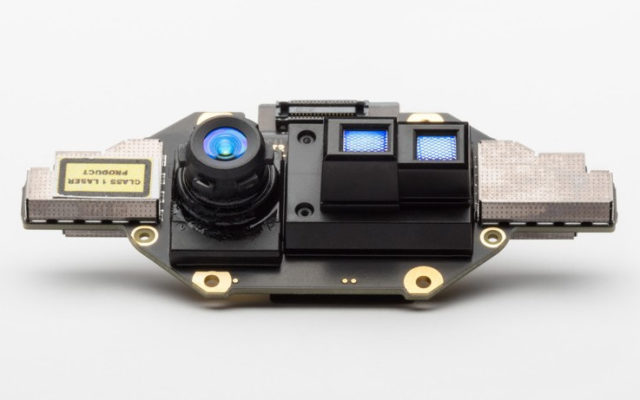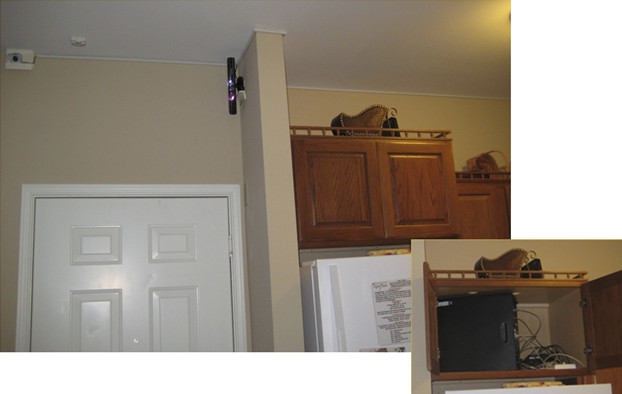We had a quick look at the Orbbec Femto Mega 3D depth and 4K RGB camera at the end of last year with a look at the hardware and a quick try with the OrbbecViewer program in Ubuntu 22.04. I’ve now had the time to test the OrbbecViewer in more detail, check out the Orbbec SDK in Linux and various samples, and finally test the Femto Mega with a body tracking application using Unity in Windows 11. A closer look at OrbbecViewer program and settings As noted in the first part of the review, the OrbbecViewer program provides color, depth, and IR views for the camera. Let’s go into details for each. The Color mode would be the same as your standard USB color camera. The Femto Mega supports resolution from 1280×720 at 30 fps to 3840×2160 at 25 fps using MJPG, H.264, H.265, or RGB (converted from MJPG). We […]
OASIS – ROS 2 based Smart Home operating system integrates with Kodi
OASIS is a Smart Home operating system based on ROS 2 that currently implements computer vision, input streaming, and general automation features, and can be integrated into Kodi media center. The operating system was recently released by Garrett Brown (a.k.a. garbear or eigendude), who is also known for being the RetroPlayer developer from Team Kodi/XBMC, and provides a complete implementation of the Firmata protocol for communicating with Arduino boards, plus additional support for temperature and humidity sensors, I2C, servos, sonar, SPI, stepper motors, and 4-wire CPU fans. Two main use cases are computer vision and input streaming at this time. The illustration above shows the former with the Kinect 2 driver ported to ROS 2, a background subtractor on all camera feeds using bgslibrary C++ background subtraction library, and Kodi as the visual interface. The second, input streaming, can be seen below with a Lego train (including a Falcon spaceship!) […]
Microsoft Introduces Project Kinect for Azure
Kinect started as as motion sensing input device for Xbox 360 & One game consoles with an integrated webcam, infrared projector, and a microphone array, which enabled it to detect depth, motion, and voice from gamers. But it also become popular with maker projects due to price and capabilities, and was even found to be a worthy microphone array for voice commands. The third generation of Kinect went into Hololense mixed reality headset, and Microsoft has just unveiled the fourth generation Kinect with Project Kinect for Azure. AFAIK, the company did not provide the full technical details about the new Kinect, but we know it comes with an RGB camera, a 360-degree mic array, an accelerometer, and a time-of-flight (ToF) depth-sensor, and the company did offer some details about the latter : Number of pixels: 1024×1024 resolution Highest Figure of Merit (highest modulation frequency and modulation contrast resulting in low […]
Sensors Predicting The Future – Elderly Persons Fall Prediction and Detection with Kinect, Webcams and Microphones
Wearables can be used your young children or elderly persons to monitoring their locations or health, and one use case, especially for old age persons, is to detect falls. However, it’s quite possible they don’t like it and/or not always wear it, so the Center for Eldercare and Technology of the University of Missouri designed a system based on Microsoft Kinect, two webcams, and microphones in order to detect falls, and even predict falls by analyzing gait, i.e. the pattern of movement of the limbs. The picture above shows at least part of the hardware setup with the Kinect, a webcam, and a PC tower doing the processing stored in a cupboard. Fall detection algorithms are relying on the microphone array, Microsoft Kinect depth camera, and a two-webcam system used to extract silhouettes from orthogonal views and construct a 3D voxel model for analysis. Passive gait analysis algorithms are for […]
LinuxCon North America 2012 Schedule
LinuxCon (North America) 2012 will take place on August 29 – 31, 2012 at Sheraton Hotel & Marina, in San Diego, California. The event will be co-located with the Linux Kernel Summit, the Linux Plumbers Conference, and CloudOpen 2012. LinuxCon consists of 3 days of keynotes, business and developers related sessions as well as tutorials. There will be over 80 sessions and keynotes during those 3 days. I’ll highlight a few sessions that I find particularly interesting and related to embedded Linux, software development and ARM. August 29 10:45 – 11:30 – Life After BerkeleyDB: OpenLDAP’s Memory-Mapped Database by Howard Chu, Symas Abstract: OpenLDAP’s new MDB library is a highly optimized B+tree implementation that is orders of magnitude faster and more efficient than everything else in the software world. Reads scale perfectly linearly across arbitrarily many CPUs with no bottlenecks, and data is returned with zero memcpy’s. Writes are on […]






